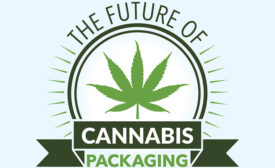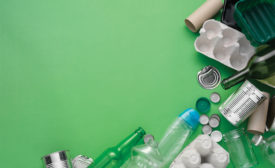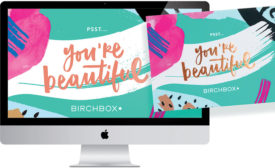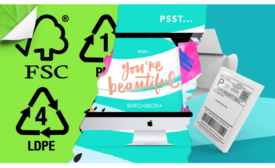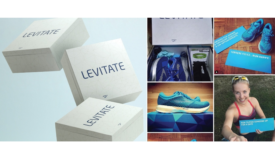Articles by Evelio Mattos
The Importance of Material Honesty
A closer look at one of the top packaging design trends shaping up for 2019.
November 5, 2018
Materials Technology: Packaging Design
Packaging Design Closes the E-Commerce Experience Loop
Three steps to point your e-commerce packaging in the direction of success.
October 12, 2018
Keep the info flowing with our eNewsletters!
Get the latest industry updates tailored your way.
JOIN TODAY!Copyright ©2025. All Rights Reserved BNP Media.
Design, CMS, Hosting & Web Development :: ePublishing

